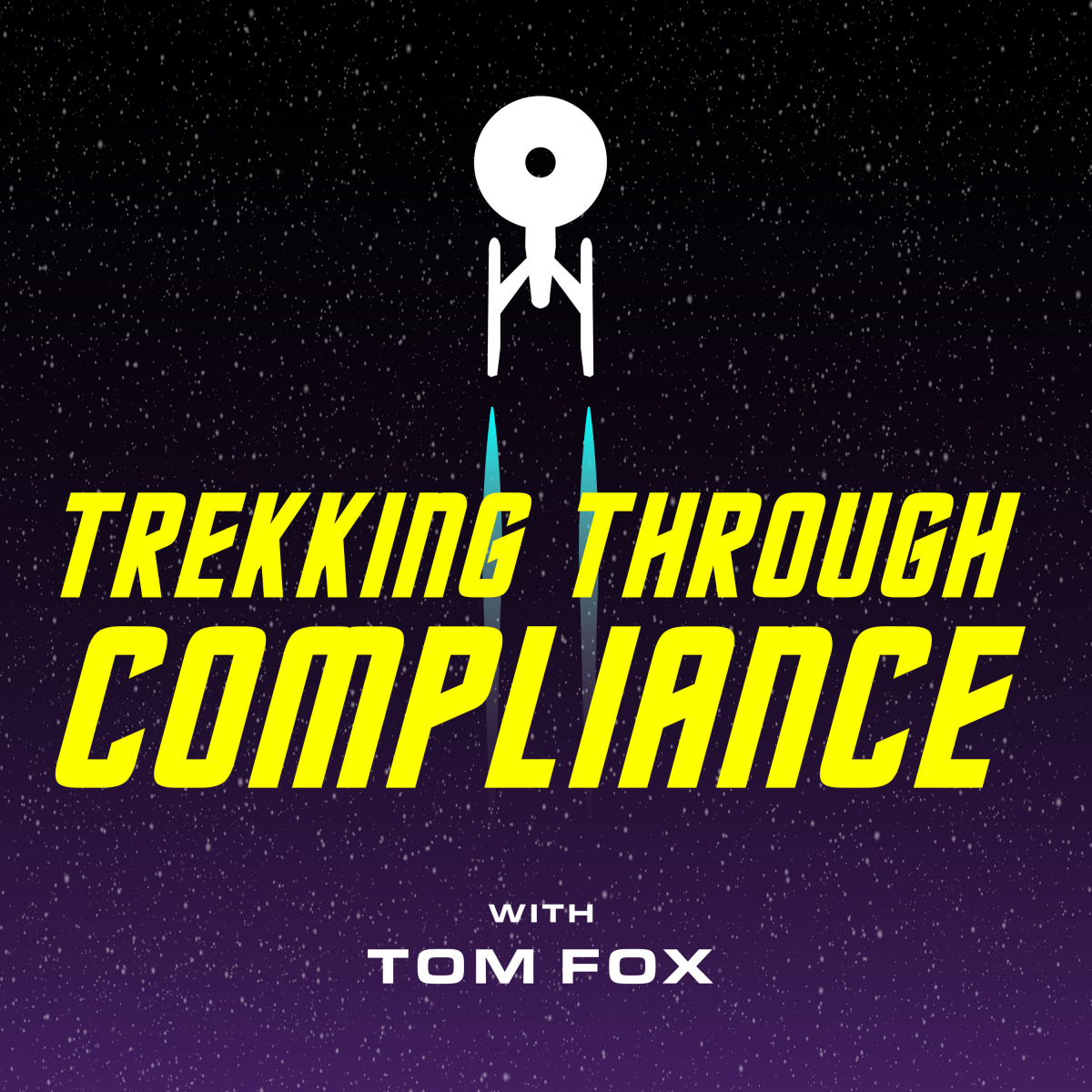Are you struggling to keep up with the ever-changing compliance programs in your business? Look no further than the award-winning Data Driven Compliance podcast, hosted by Tom Fox, is a podcast featuring an in-depth conversation around the uses of data and data analytics in compliance programs. Data Driven Compliance is back with another exciting episode The intersection of law, compliance, and data is becoming increasingly important in the world of cross-border transactions and mergers and acquisitions.
Data compliance risks are a major concern for organizations of all sizes as data collection and storage grows. A key is to prevent these risks by detecting misconduct before it occurs. AI technology is used to pinpoint risk and misconduct, providing context to alerts. Searching unstructured data is a critical process for organizations to identify and mitigate hidden risks, and the right technology is necessary to incorporate multiple file types and data sources. By equipping with the right processes and technology, organizations can proactively look for hidden risks and take preventative steps to ensure compliance.
Data has become much more ubiquitous and needs to be incorporated into business processes. AI data cleansing helps to reduce false positives and provides context to alerts generated by the system. AI capabilities are divided into three categories: removing duplicative content, detecting risk, and providing context. AI-powered data cleansing strips out non-human generated content and focuses on what was sent by an individual. This helps to lower false positives in alerts generated by the system.
Regulators are now focusing on prevention as part of best practices compliance programs. A key is to prevent misconduct before it occurs by setting expectations that this behavior is not tolerated in the organization. Compliance teams can quickly take action and remediate activity when an incident is found. Consistent approach by compliance teams in quickly remediating bad behavior creates a culture where misconduct is not tolerated.
Unstructured data is data that doesn’t have a hierarchy associated with it, such as Word documents, emails, and text messages. Your app built on unstructured data analytics problems, such as responding to government requests, cyber breach response, and compliance monitoring. Organizations should have processes in place to proactively look for hidden risks. Technology is needed to search through unstructured data to find hidden risks.
Key Highlights
· Data Compliance Risks
· Data Cleansing Importance
· Preventing Misconduct
· Detecting Risk with AI
· Searching Unstructured Data
Resources:
Tom Fox
Connect with me on the following sites:








